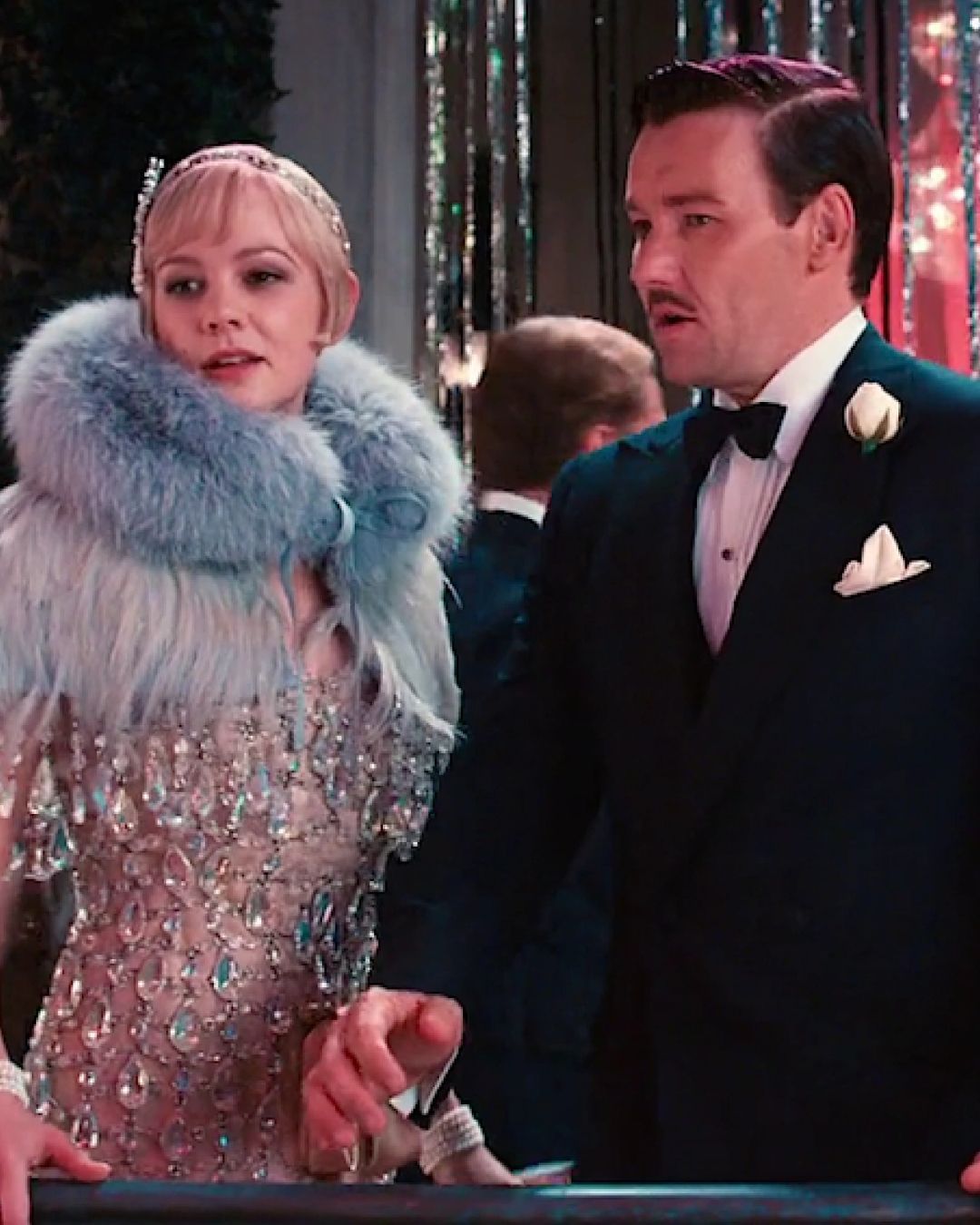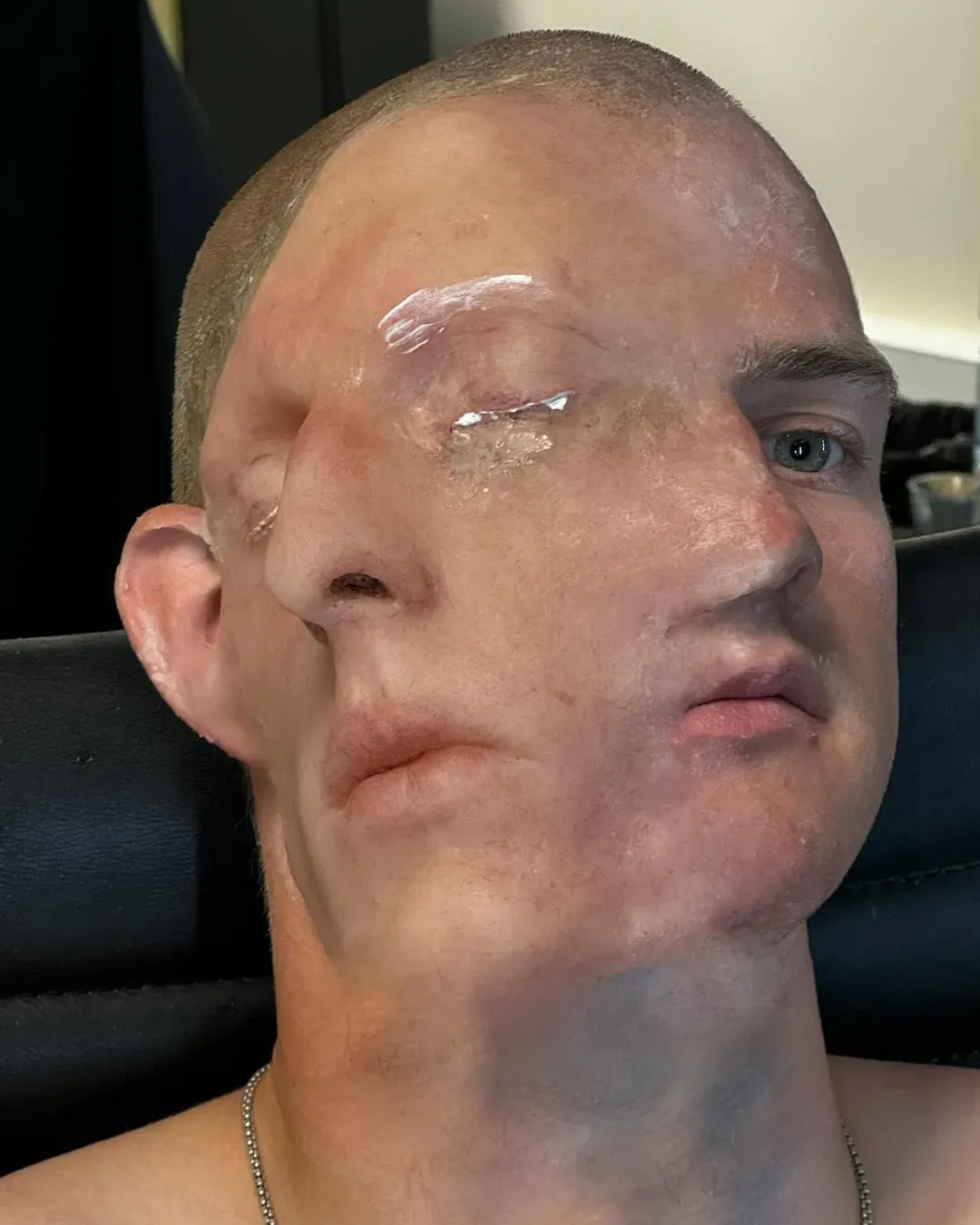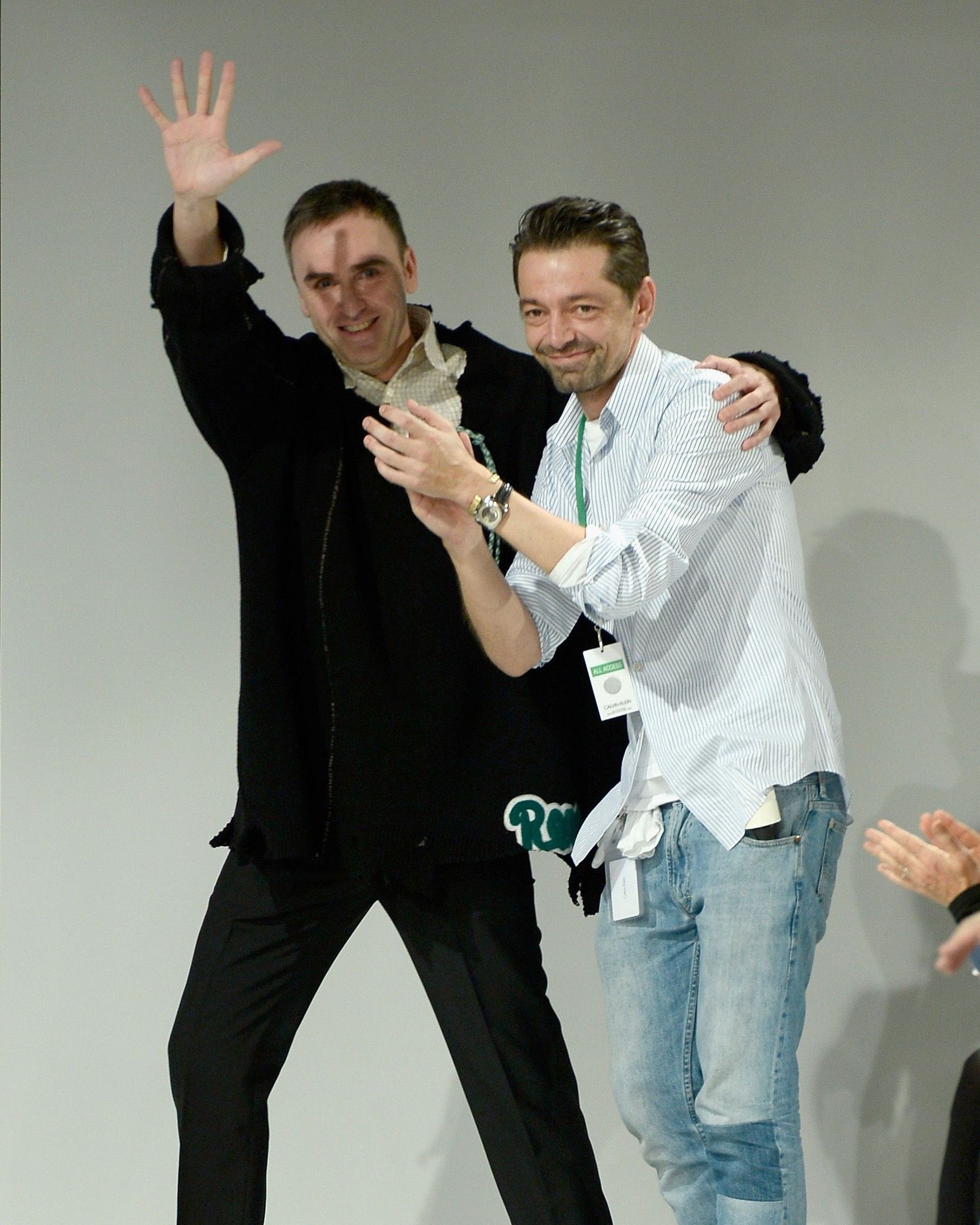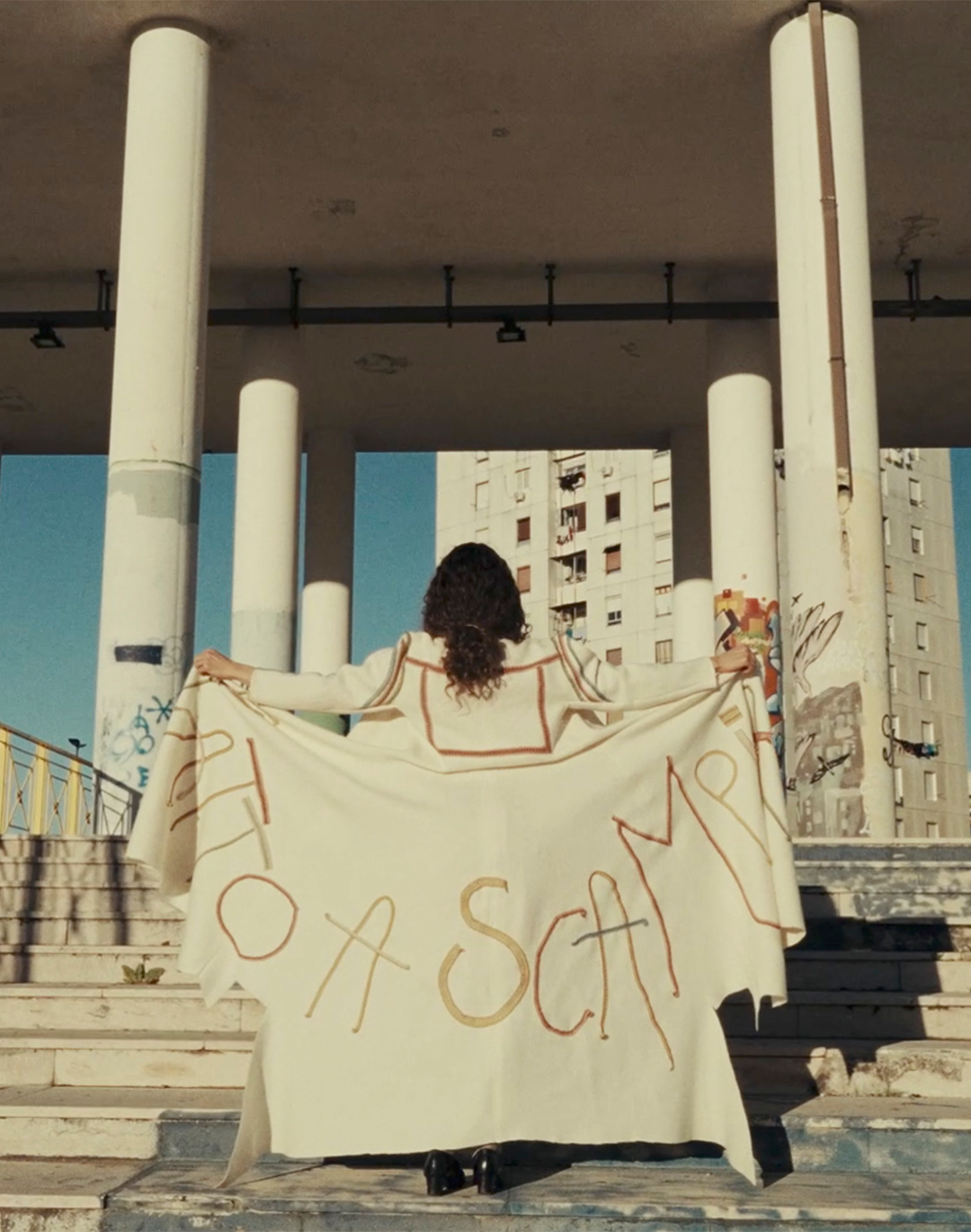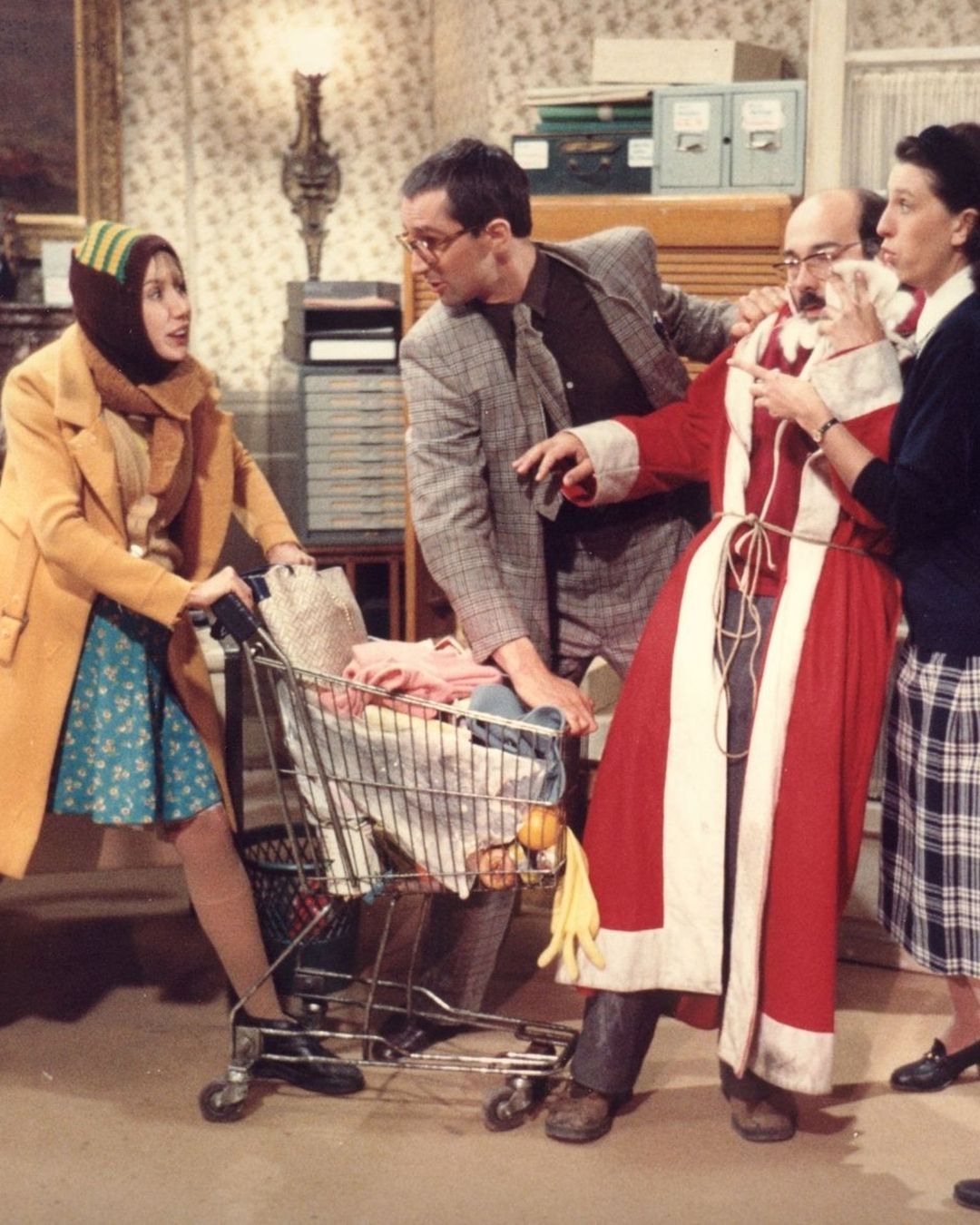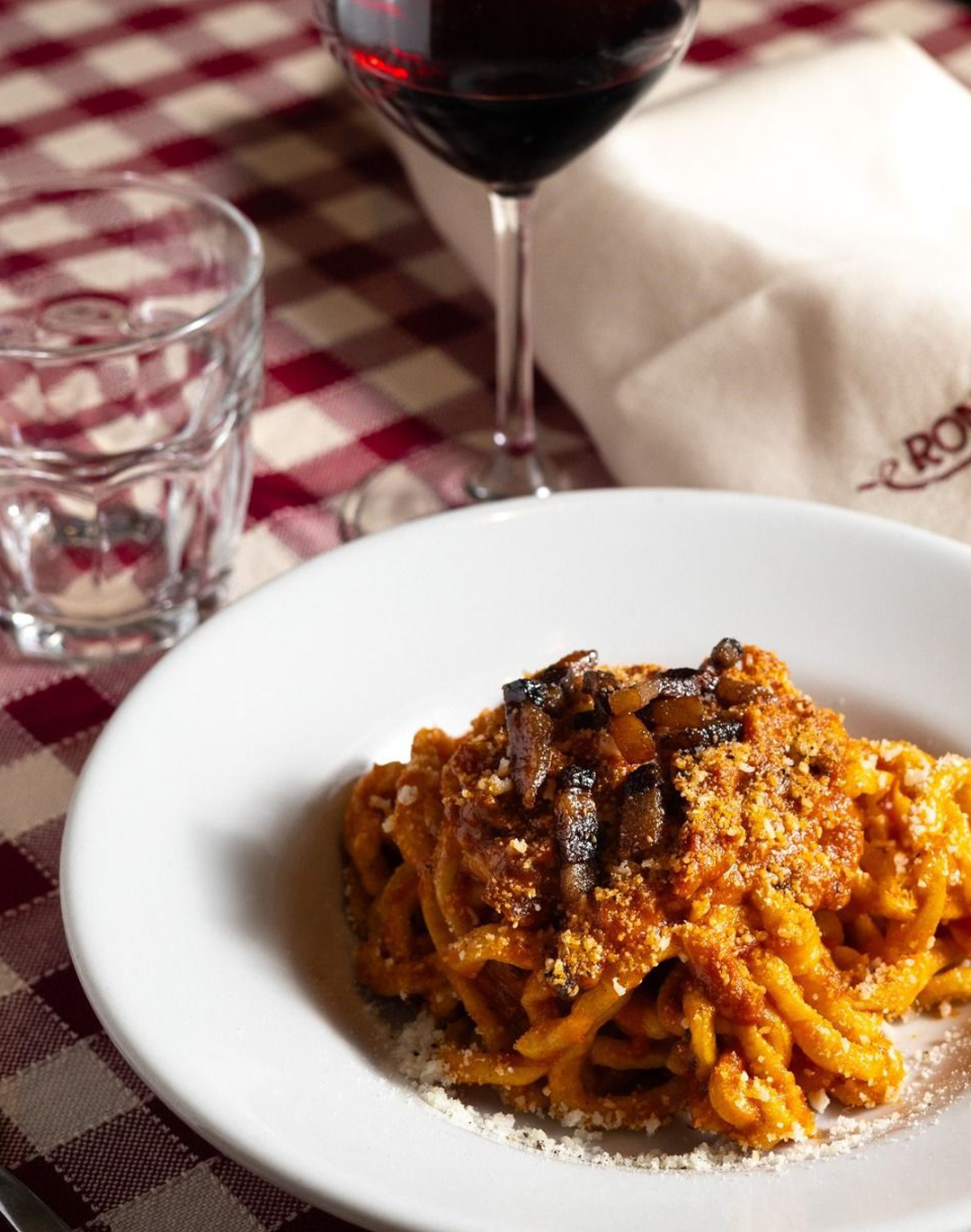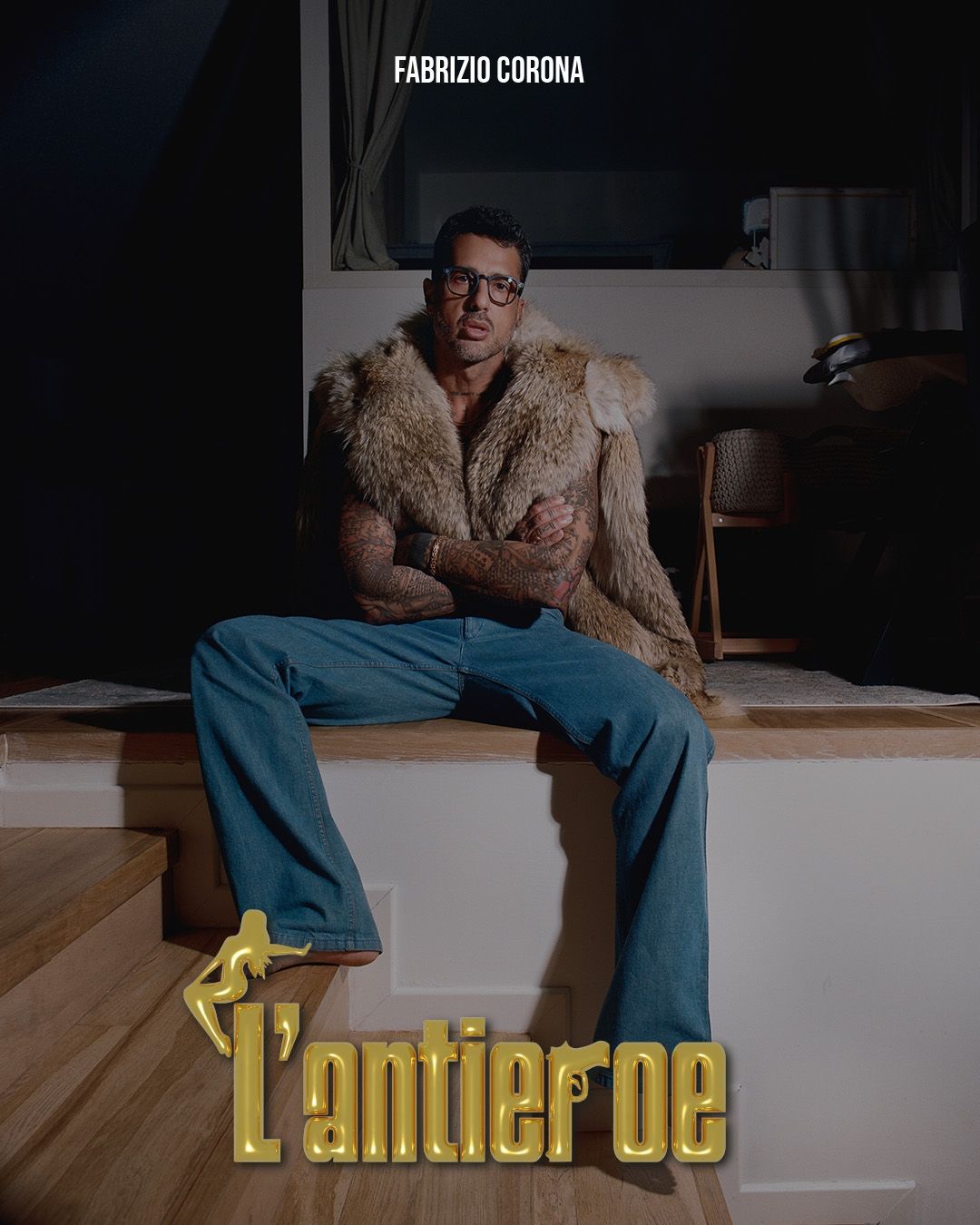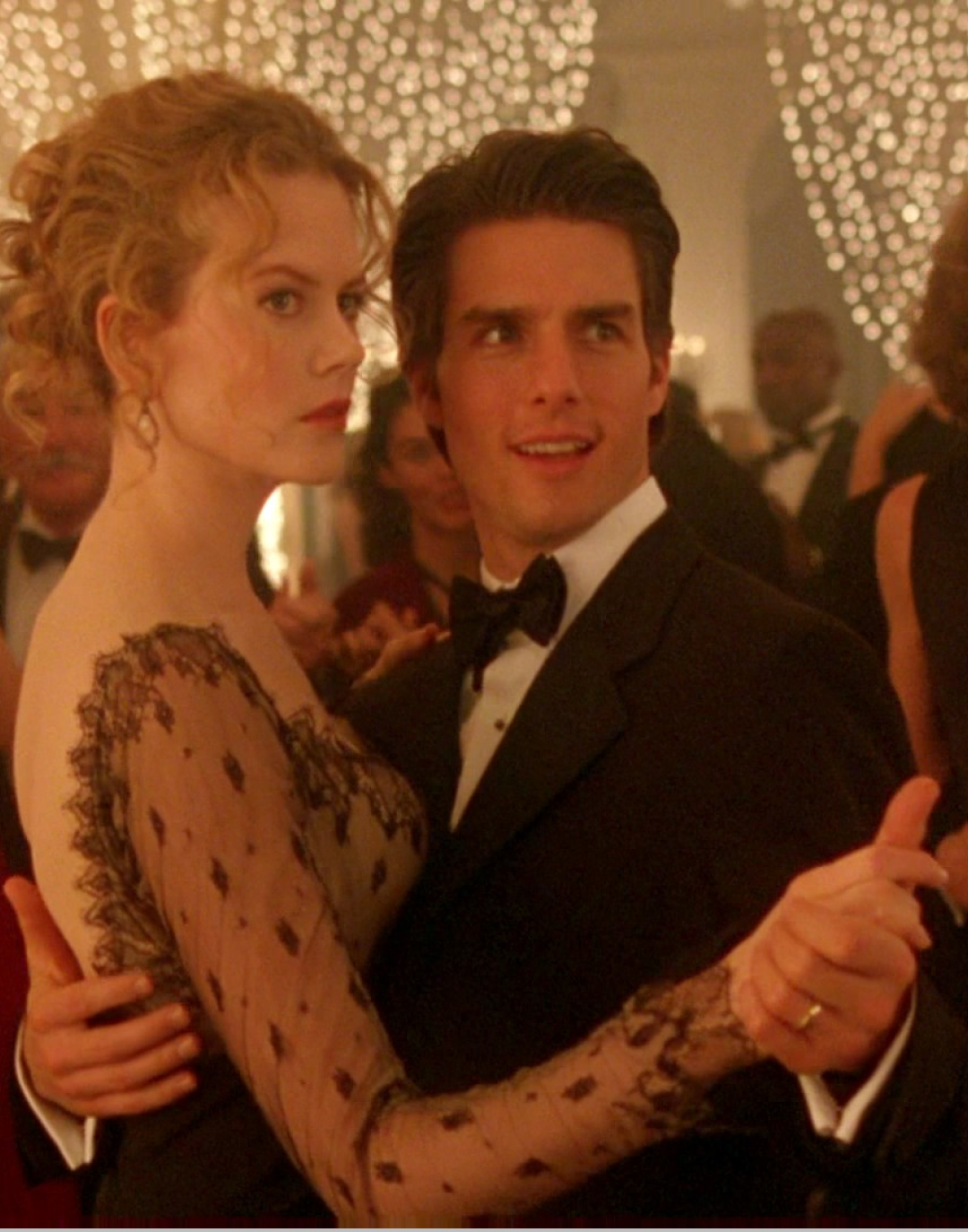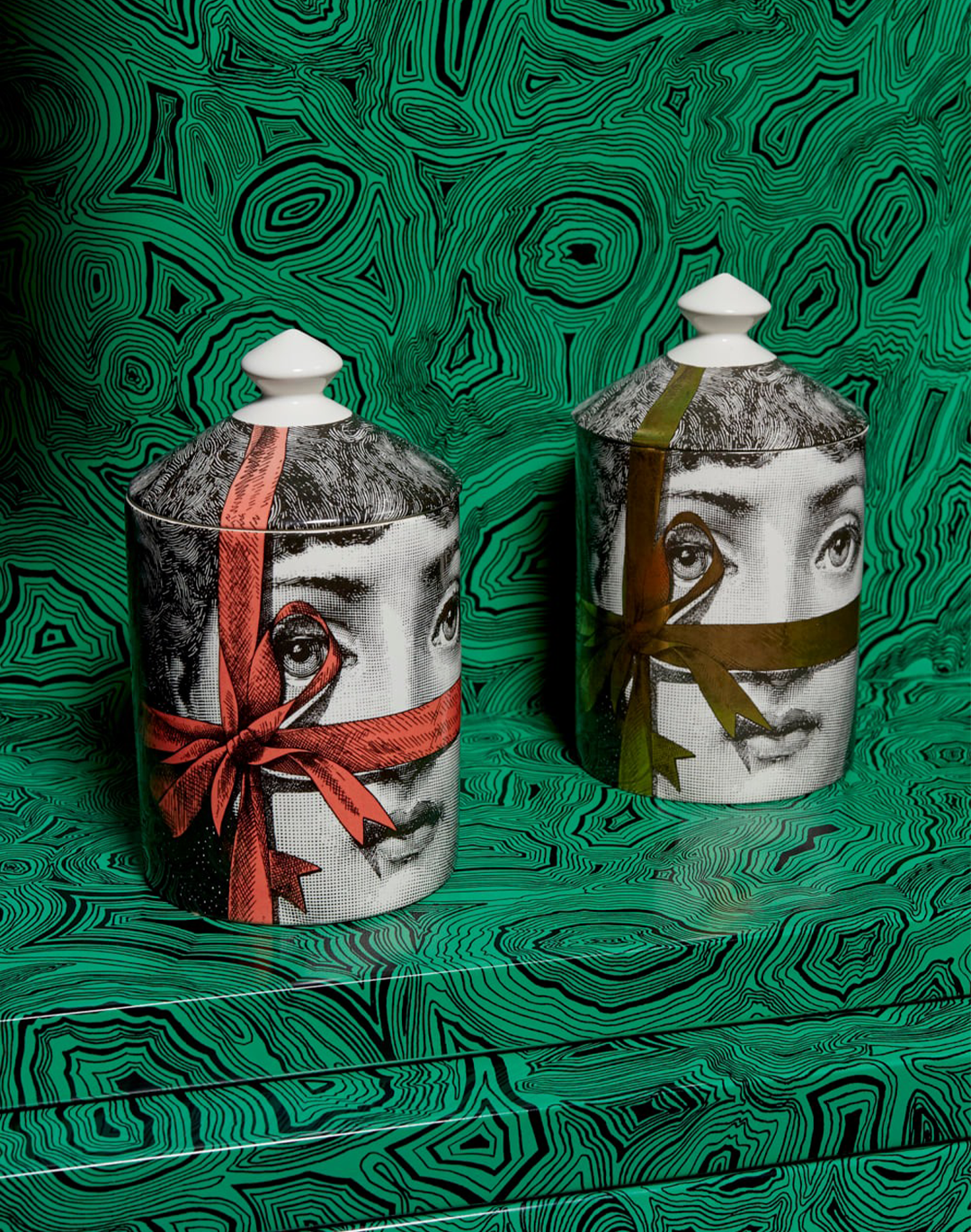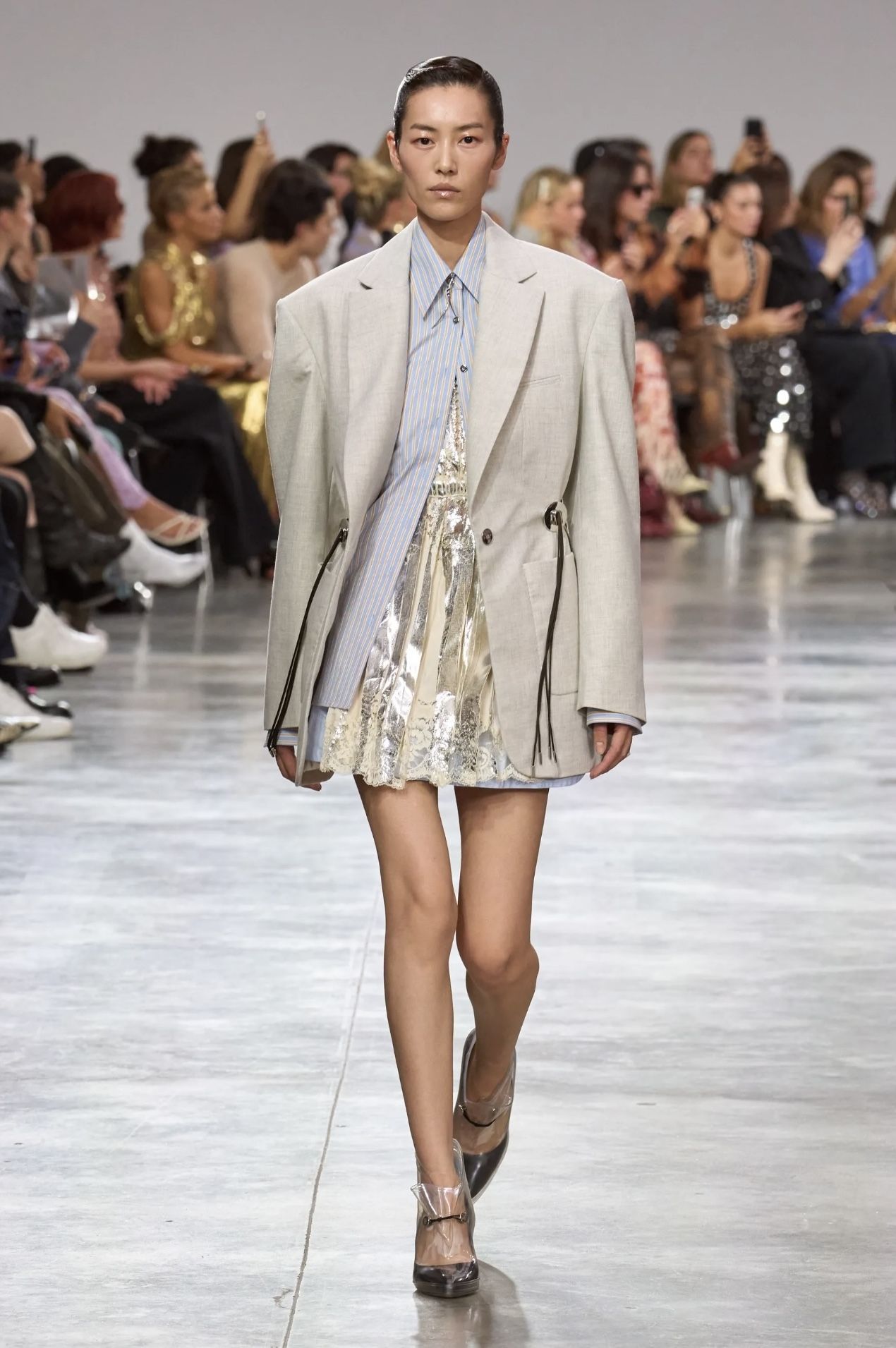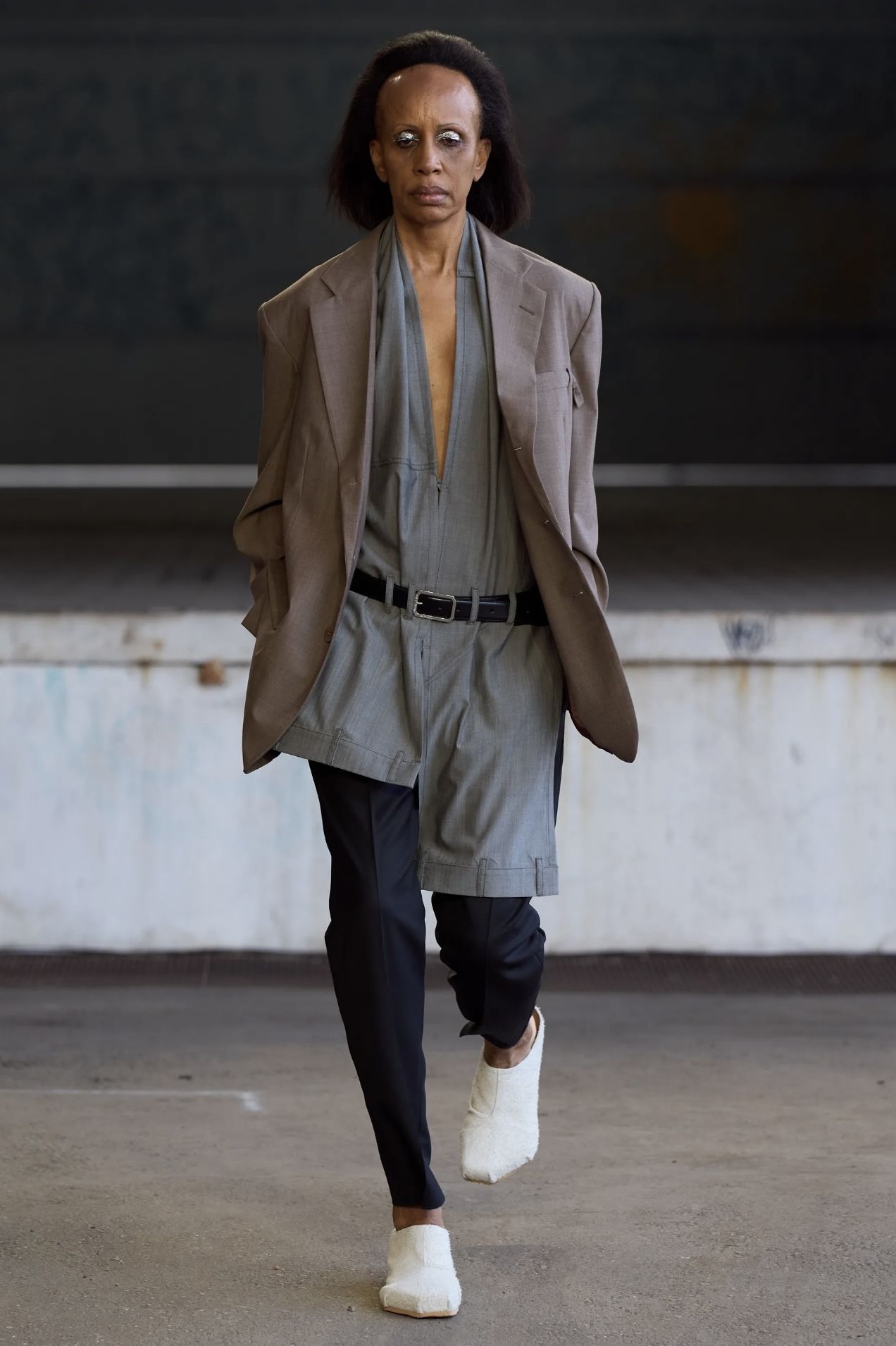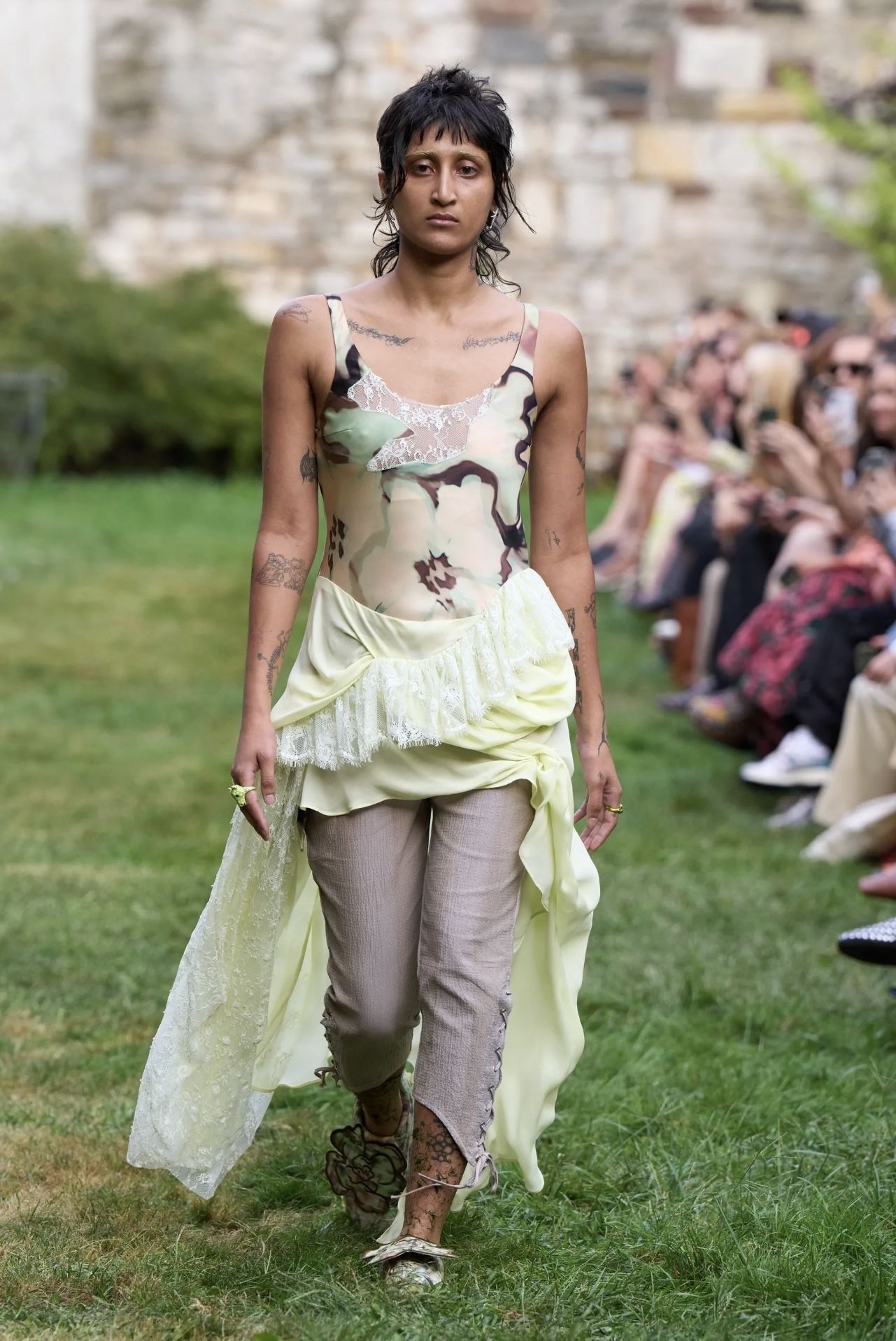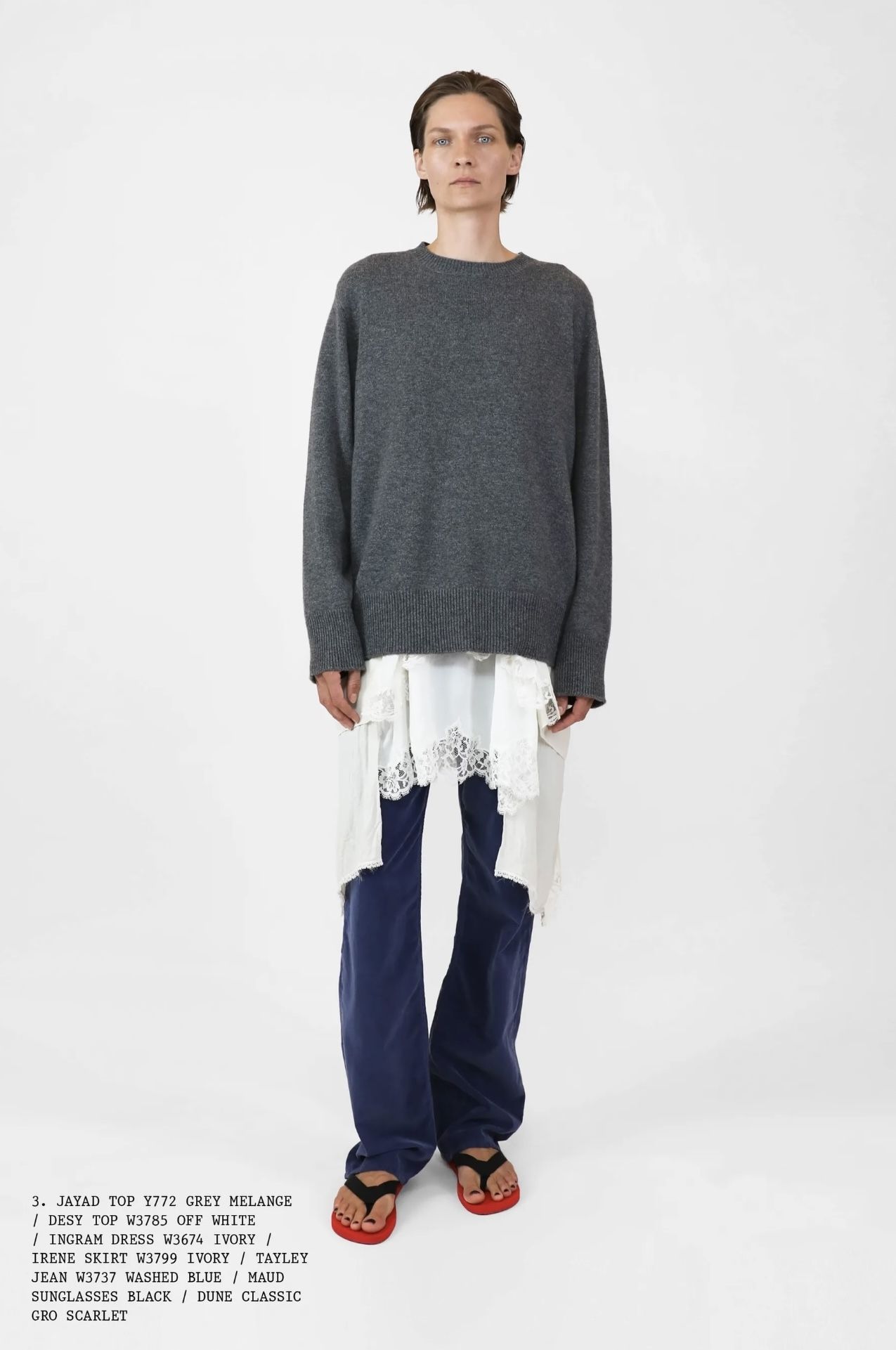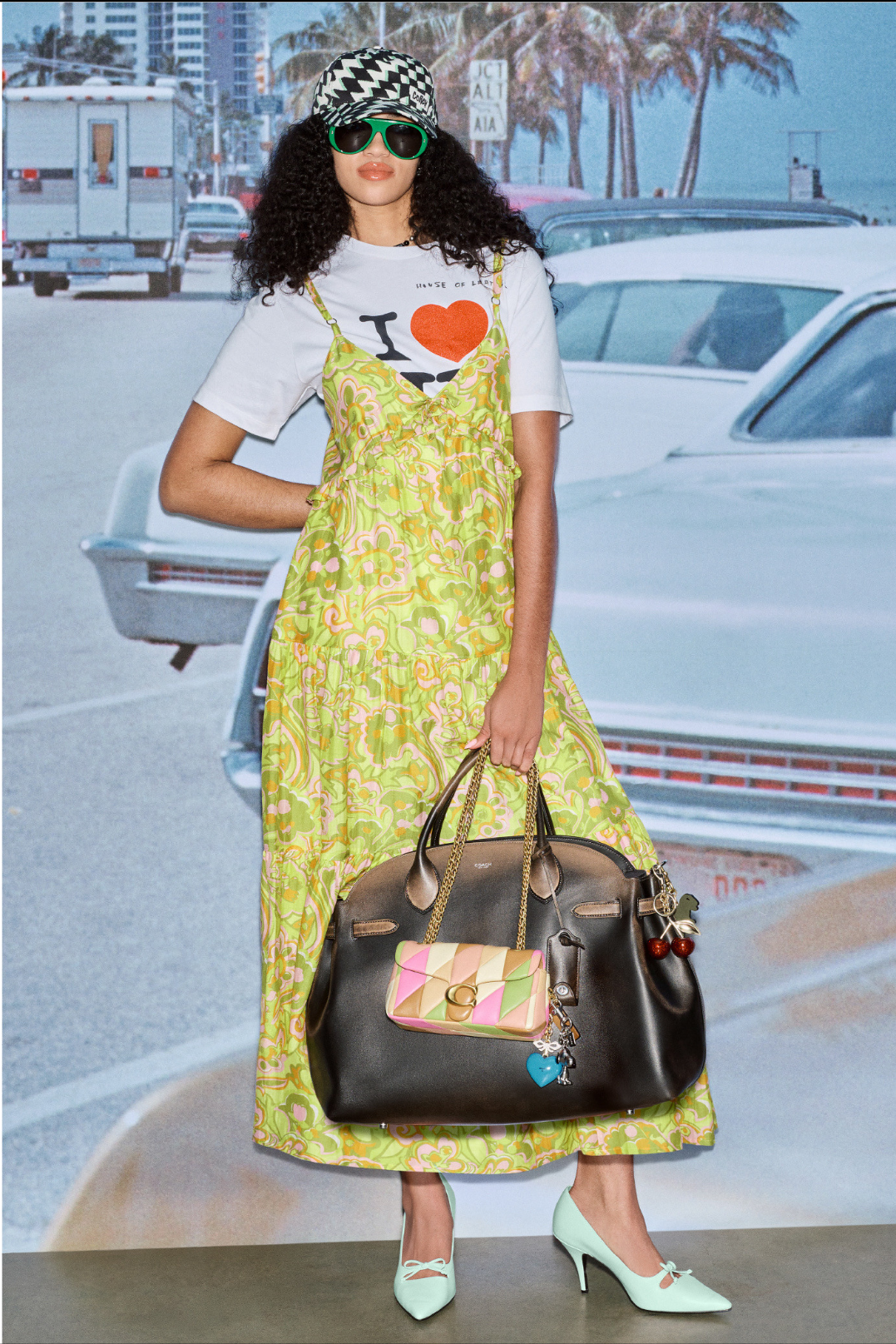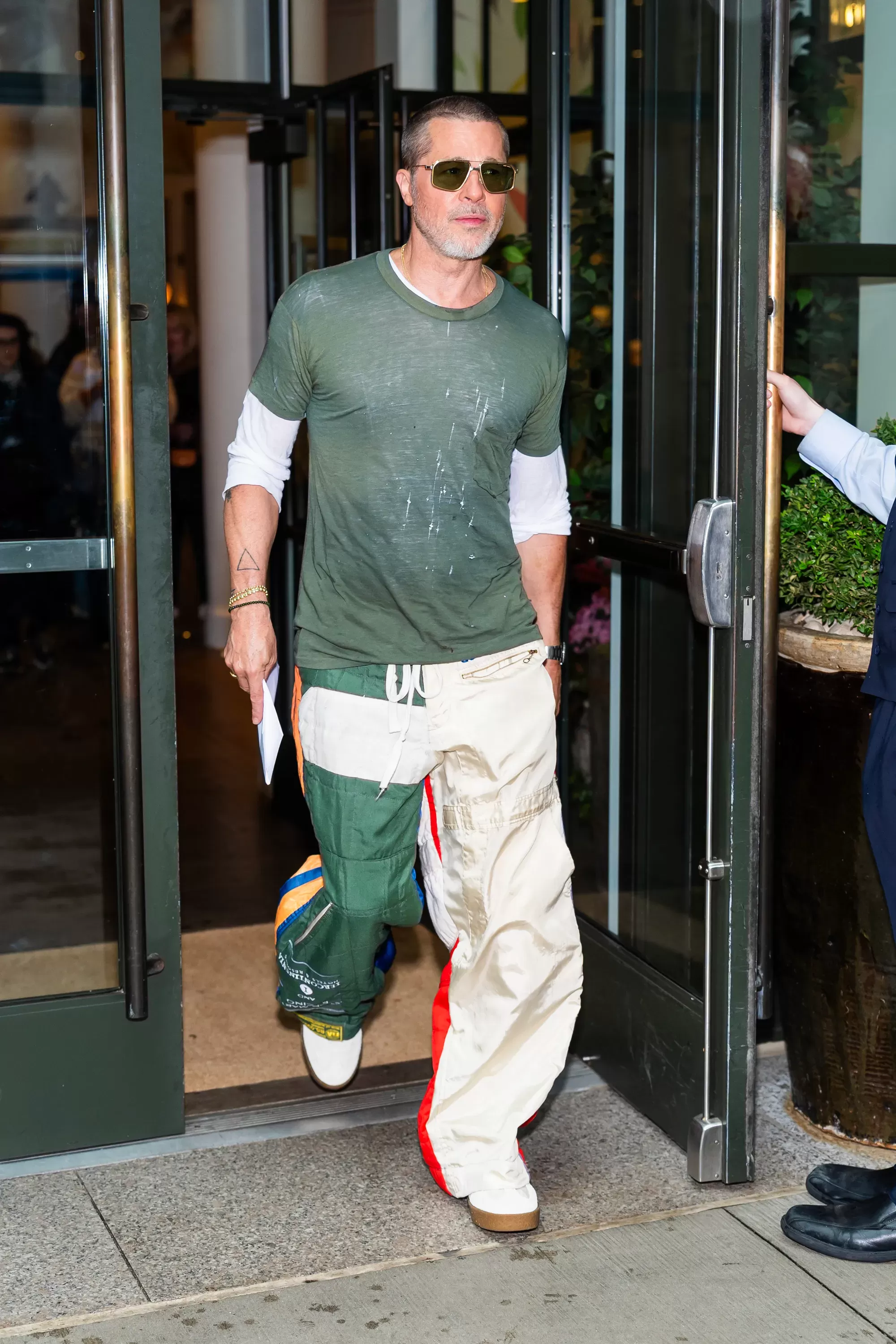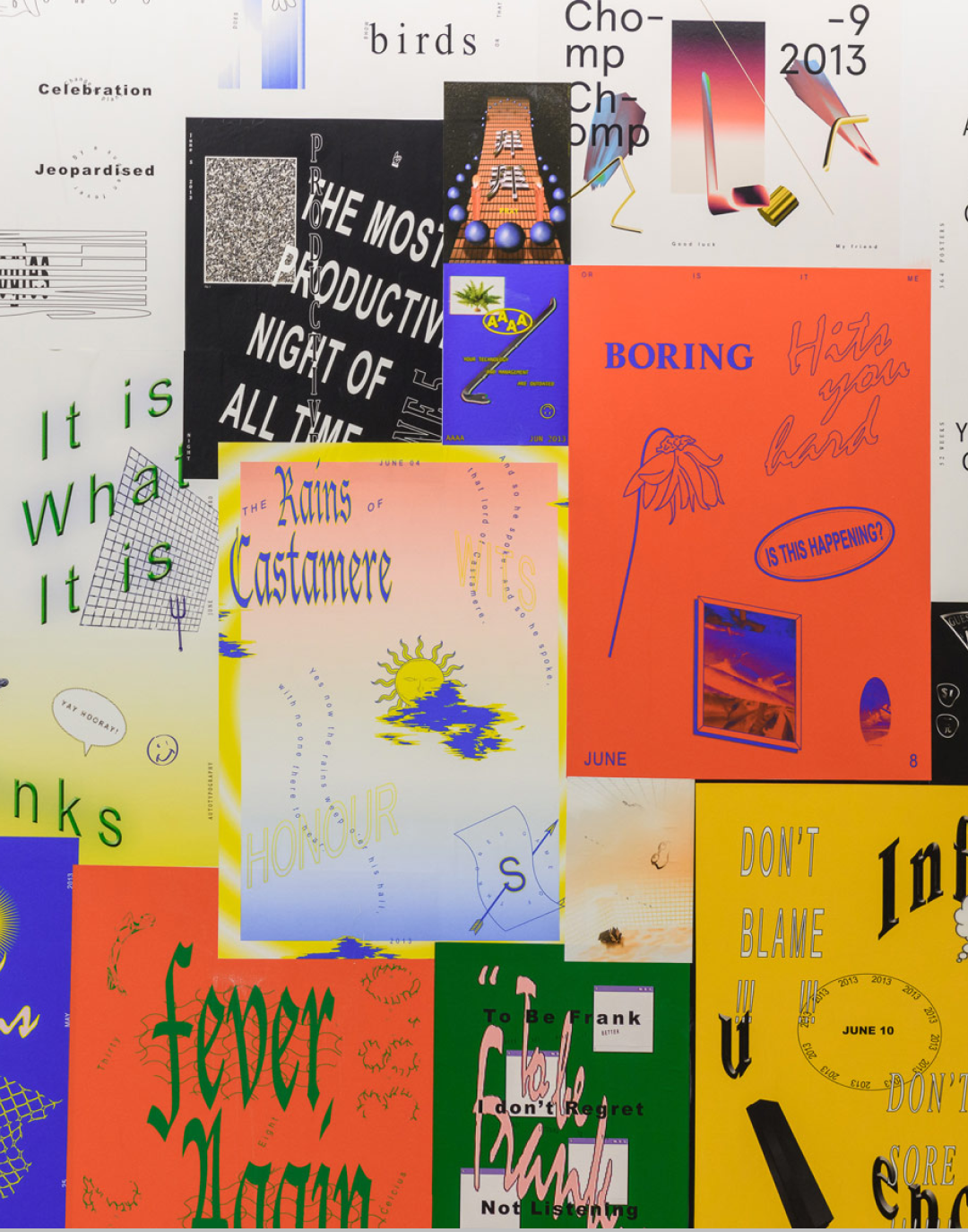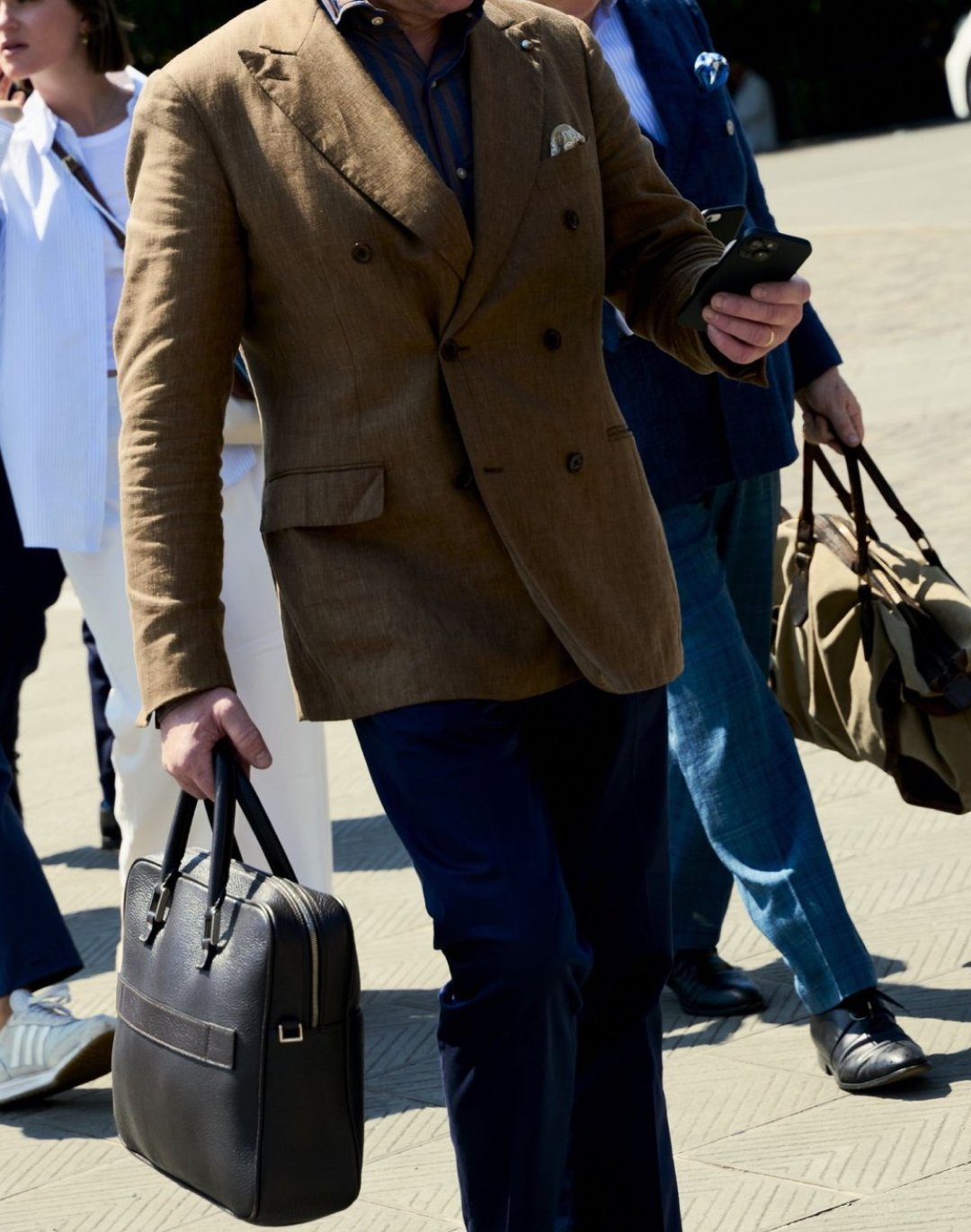
Can we trust AI styling apps? Enhanced tools still can’t layer
Everyone has experienced that wardrobe block, that «what should I wear today?» moment that makes us lose minutes or even hours in indecision. Today, however, all it takes is opening a stylist app like Acloset or StyleDNA, uploading a photo of your wardrobe, or sending ChatGPT a detailed prompt about what you own, and the algorithm generates an outfit in seconds: problem solved. The result, however, is almost always the same: light blazer, straight jeans, white sneakers. As Vogue Italia pointed out after testing ChatGPT for a week, the suggested combinations turn out to be virtually identical day after day. And those scrolling through TikTok can tell: the hashtag #OutfitGenerator counts 2.7K posts and nearly 7 million views, but the videos almost always show similar, if not completely identical, silhouettes. Artificial intelligence promises personalization but, trained on the most popular and easy-to-produce items from social media, ends up dressing us all the same. It’s no coincidence that The Guardian, after testing Acloset for a week, described the use of these apps as "a convenient way to reduce individuality and push everyone toward the generic." Precisely because the algorithm simplifies and repeats, designers respond with the opposite strategy: layering, commonly known as "onion dressing", to create a unique identity. It means overlaying, mixing, layering — a gesture that introduces complexity and chaos into the minimal uniform generated by machines.
@thebeautepost I have another #aifashion hack inspired by #chatgpt #chatgptfashion #fashionguide #wardrobe #outfitinspo #fashionhack #outfitideasforyou #outfitcheck #ootdinspiration #OOTD #fashiontiktok #bayarea #sf #sfvlog #sanfrancisco #girlsintech #fashiontech Tell Me When to Go (feat. Keak da Sneak) - E-40
For SS25, Rabanne’s creative director Julien Dossena constructs what he calls a "box with legs" — jacket over jacket over a half-unbuttoned striped shirt over a t-shirt, all paired with boxer shorts or a mini skirt. All the layers are cut at the same height so that the entire layering game remains concentrated in a kind of cube on the upper body. This compact block breaks the algorithmic monotony. In contrast, The Row, in its SS25 collection, adopts layering built on linear overlaps and deliberate proportions. No show staging, no phones — as if to protect a vision of fashion to be lived before being shared. A long white t-shirt over a black mini skirt and wide khaki trousers, with red flip-flops disrupting the neutral palette. Each layer is defined, and in a single move, The Row shows that layering doesn't have to mean excess but can be calibrated subtraction. With Collina Strada’s SS25, layering takes shape in a fluid and spontaneous way. A printed catsuit intertwines with shiny lemon-colored fabrics, draped and ruched, revealing beige trousers with side ties. The layers follow no fixed logic but move with the body, multiplying textures and asymmetries.
Coach, too, reinterprets layering for SS25, turning it into a pop game: the classic "I ❤️ NY" t-shirt peeks out from under a lime-printed ’70s dress, completed with an oversized decorated bag. The result is a collage of kitsch references and urban souvenirs, more postcard than runway. The same tension appears in Magliano, Junya Watanabe, and Ludovic de Saint Sernin. Magliano deconstructs with a gray jumpsuit with deep zippers, asymmetric trousers and saggy blazers, all finished with padded slippers. The break in proportions becomes a signature. Watanabe, on the other hand, works with geometric layering, often paired with oversized silhouettes. Finally, Ludovic de Saint Sernin blends lingerie and streetwear: tops over bodysuits and dresses over pants. For each of them, layering isn’t just aesthetics but a design language: one more layer becomes a message. This approach doesn't stay confined to the runway. Even street fashion adopts it as a gesture of freedom. Brad Pitt was photographed wearing a thermal shirt under a stained t-shirt, paired with Magliano trousers stitched from different fabrics. «It’s about putting the pieces together to try and create something new and interesting. Limits don’t scare me — on the contrary, they force me to think outside the box to overcome them,» says Dutch designer Duran Lantink in an interview with Vogue Italia.
Where AI seeks coherence, layering turns error into identity. However, layering is not a recent trend. The first wave came in the early 2000s when three streams converged: Y2K street style from the Olsen twins and Gwen Stefani, the West Coast skate and hip-hop culture stacking XXL t-shirts over hoodies, and experimentation from creative directors like Marc Jacobs, Rei Kawakubo, and Yohji Yamamoto, who brought skirts over pants and cropped blazers over long shirts to the runways of Louis Vuitton in FW 2001 and Comme des Garçons in 2002. The paradox is clear. Artificial intelligence reduces outfits to an equation that’s easy to sell while layering responds with a deliberate failure: dark patchwork, skirts over trousers, corsets over jackets. It is deliberate imperfection that forces you to look twice and remember that a dress, before grinding like and optimize KPI, serves to tell who we really are.


